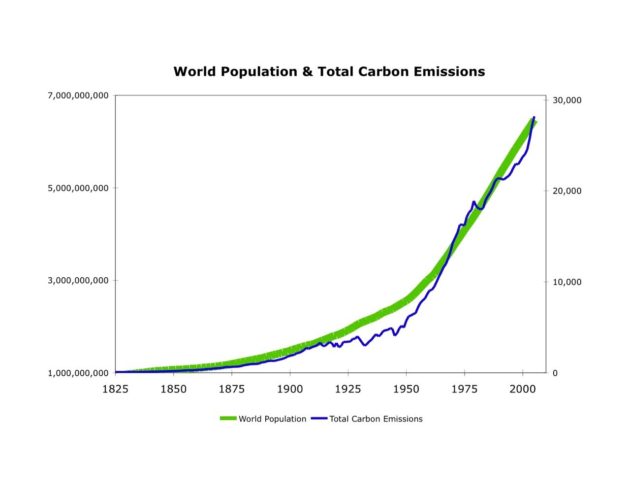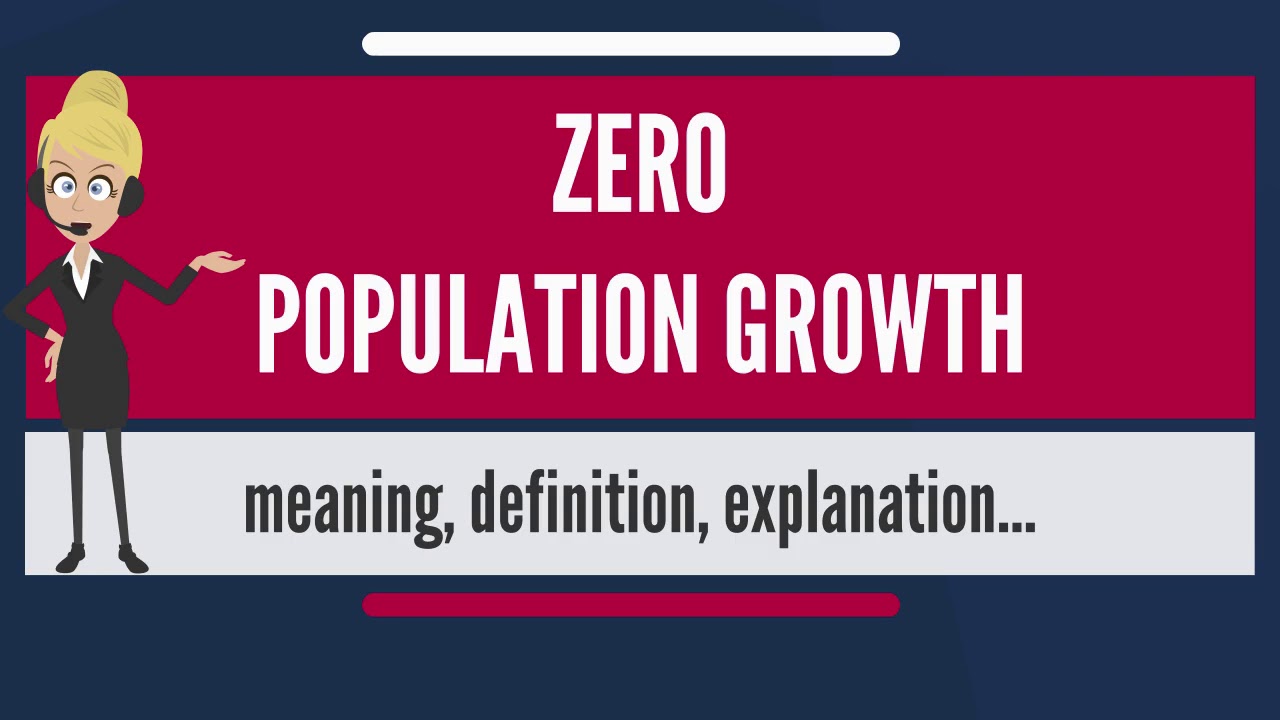Advice
Probably satirical.
It has long been claimed that increasing CO2 is warming the planet. But what causes this increasing CO2? We have been told that it is the evil ‘fossil’ fuels that are at fault.
However, new research has come to light that shows that there is a much stronger correlation with the CO2 growth: Population growth.

In light of this startling new evidence, the Irritating Persons Claiming Crisis (IPCC) are recommending that populations immediately be reduced to 1.5% above pre-industrial levels. At 2% above pre-industrial levels, humanity is doomed, they claim.
Taking all this very seriously, our local Green Party has proposed the Zero Population Bill, which seeks to make the NZ population neutral by 2050. When ‘population’ is referred to in the Bill, it is not only the human population that the Greens are concerned about: The population of animals on our farms will also come under these new regulations.
The net-zero population proposals have a number of benefits, fewer cars on the roads, fewer people travelling to work so less need for expensive and inefficient public transport. No need for trams down Dominion Road; no need for a bullet train service from Hamilton to Auckland (or somewhere near Auckland, anyway).
Clearly, with the Zero Population Act in force, the Emissions Trading Scheme will no longer be required as surrogate births will be illegal.
The Zero Population Act will set separate targets and pathways for long-lived populations (mainly geriatrics) and short-lived populations (mainly idiot drivers). Long-lived populations must go to net-zero by 2050 or sooner (accounting for natural attrition). Short-lived populations must be significantly reduced to sustainable levels, but not zero. This is usually achieved by Darwin Award winners and the like.
The Zero Population Act will establish an independent Population Commission, consisting of 6 – 10 experts appointed by Parliament. The Commission has two main functions:
- Providing expert advice on targets, policies and population risks;
- Holding the Government to account.
The Act will ensure New Zealand’s zero population transition is fair and cost-effective. The Act will honour Te Tiriti o Waitangi. The Government must take into account a range of factors when setting population budgets, including environmental and social impacts, business competitiveness and inter-generational equity.
The Zero Population Act framework is uniquely suited to cross-party agreement. It sets out legally mandated outcomes and process, without prescribing specific policies. It combines long-term clarity on policy direction with flexibility in its delivery.
The Zero Population Act will commit New Zealand to net zero population by 2050 or sooner. Getting to zero population in this timeframe will require broad political commitment, immediate action, and coherent long-term planning.
Getting to zero population by 2050 is possible, necessary, and will be beneficial for New Zealand.
Two recent reports have shown feasible options and pathways for New Zealand to transition away from population-intensive living. These reports are available somewhere on the internet. Read the benefits of transitioning to zero population.
The transition to zero population is inevitable, and already underway in many countries. Under the Paris Agreement, the world has agreed to a net-zero emissions future. Net-zero emissions is a prerequisite for net-zero population.
Starting our transition without delay will minimise costs and create benefits for New Zealand.
Note: Much of this was lifted from official sites by simply replacing the word ‘carbon’ with ‘population’. Both scenarios are equally stupid.


